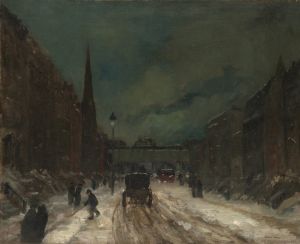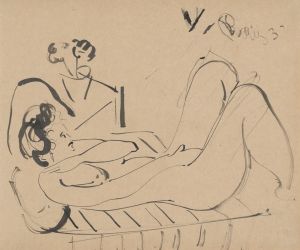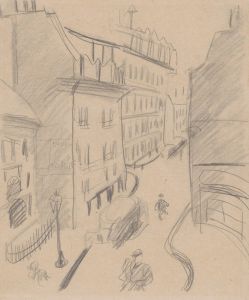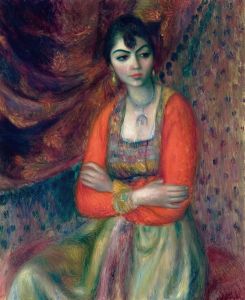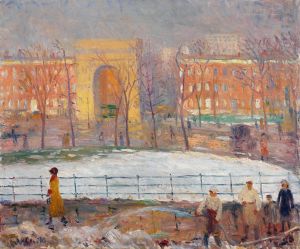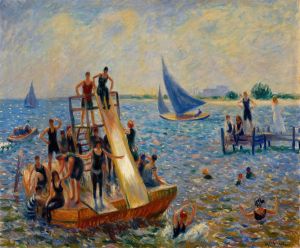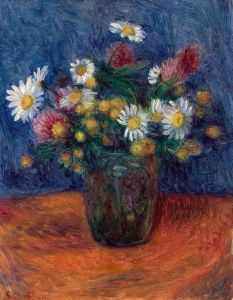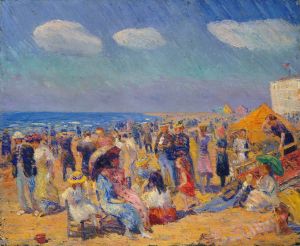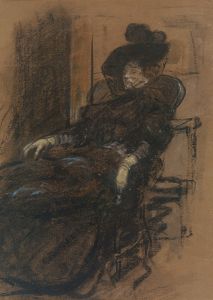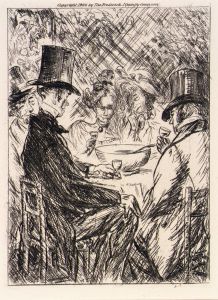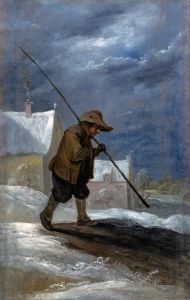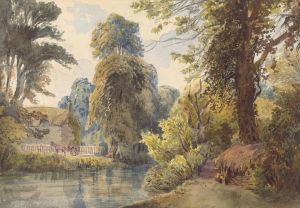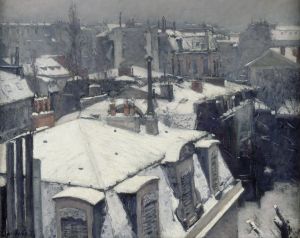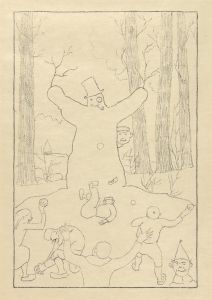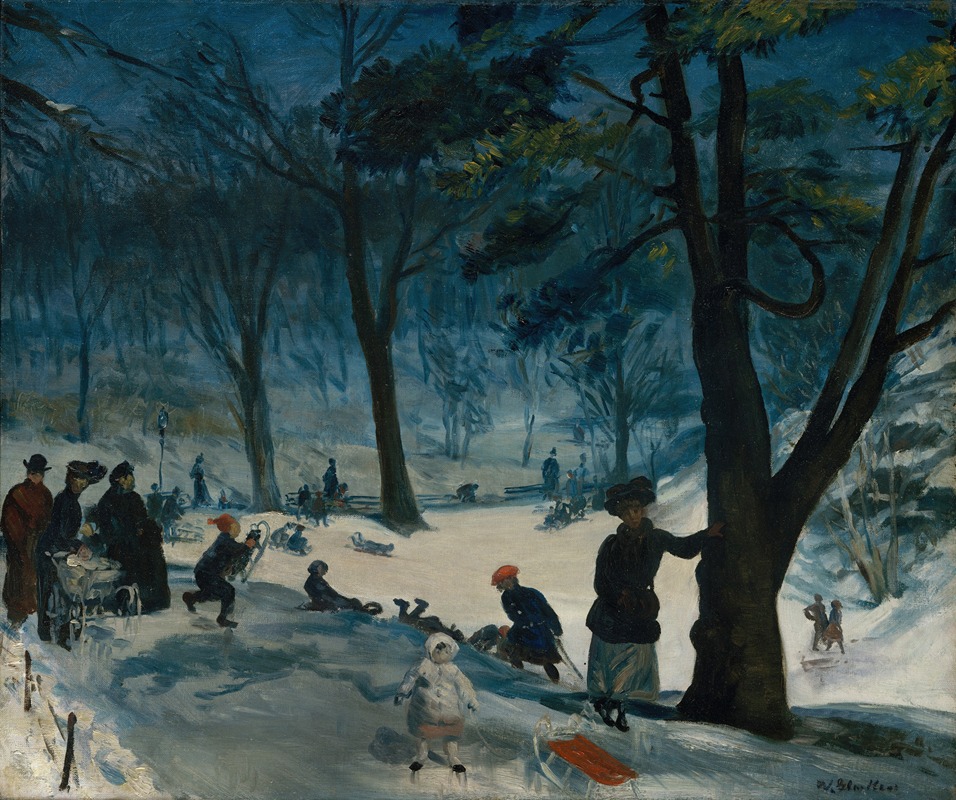
Central Park, Winter
A hand-painted replica of William James Glackens’s masterpiece Central Park, Winter, meticulously crafted by professional artists to capture the true essence of the original. Each piece is created with museum-quality canvas and rare mineral pigments, carefully painted by experienced artists with delicate brushstrokes and rich, layered colors to perfectly recreate the texture of the original artwork. Unlike machine-printed reproductions, this hand-painted version brings the painting to life, infused with the artist’s emotions and skill in every stroke. Whether for personal collection or home decoration, it instantly elevates the artistic atmosphere of any space.
Central Park, Winter is a painting by American artist William James Glackens, a prominent figure in the Ashcan School of art. This work captures a winter scene in New York City's Central Park, showcasing Glackens' characteristic style of vibrant color and lively urban imagery. Painted in 1905, the artwork reflects the artist's interest in depicting everyday life and the bustling energy of modern cityscapes.
The painting portrays a snow-covered Central Park, with figures engaging in leisure activities such as walking and sledding. Glackens' use of loose brushwork and a bright, varied palette conveys the dynamic atmosphere of the park, even in the cold winter months. The composition emphasizes the interaction between people and their environment, a recurring theme in Glackens' body of work.
William Glackens was a founding member of "The Eight," a group of artists who sought to challenge the academic traditions of the time by focusing on contemporary urban life. His work is often associated with Impressionism due to his use of light and color, though he maintained a distinct style that blended realism with a sense of immediacy and vibrancy.
"Central Park, Winter" is considered an important example of Glackens' ability to capture the spirit of early 20th-century New York City. The painting is part of the collection of the Smithsonian American Art Museum in Washington, D.C., where it continues to be appreciated for its historical and artistic significance.
This artwork not only highlights Glackens' skill as a painter but also serves as a visual document of Central Park as a social and cultural hub during the early 1900s. It remains a celebrated piece within the context of American art history.





